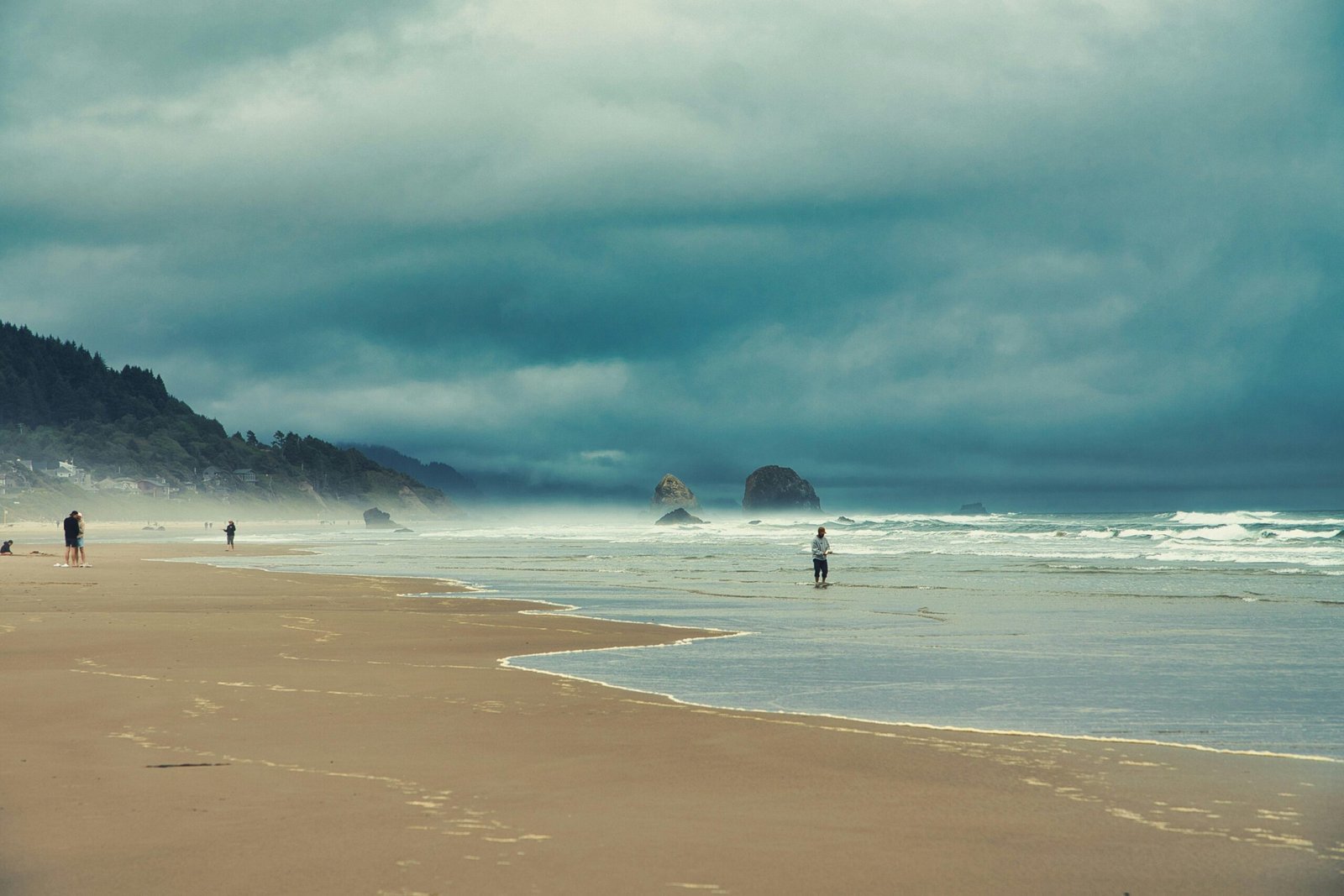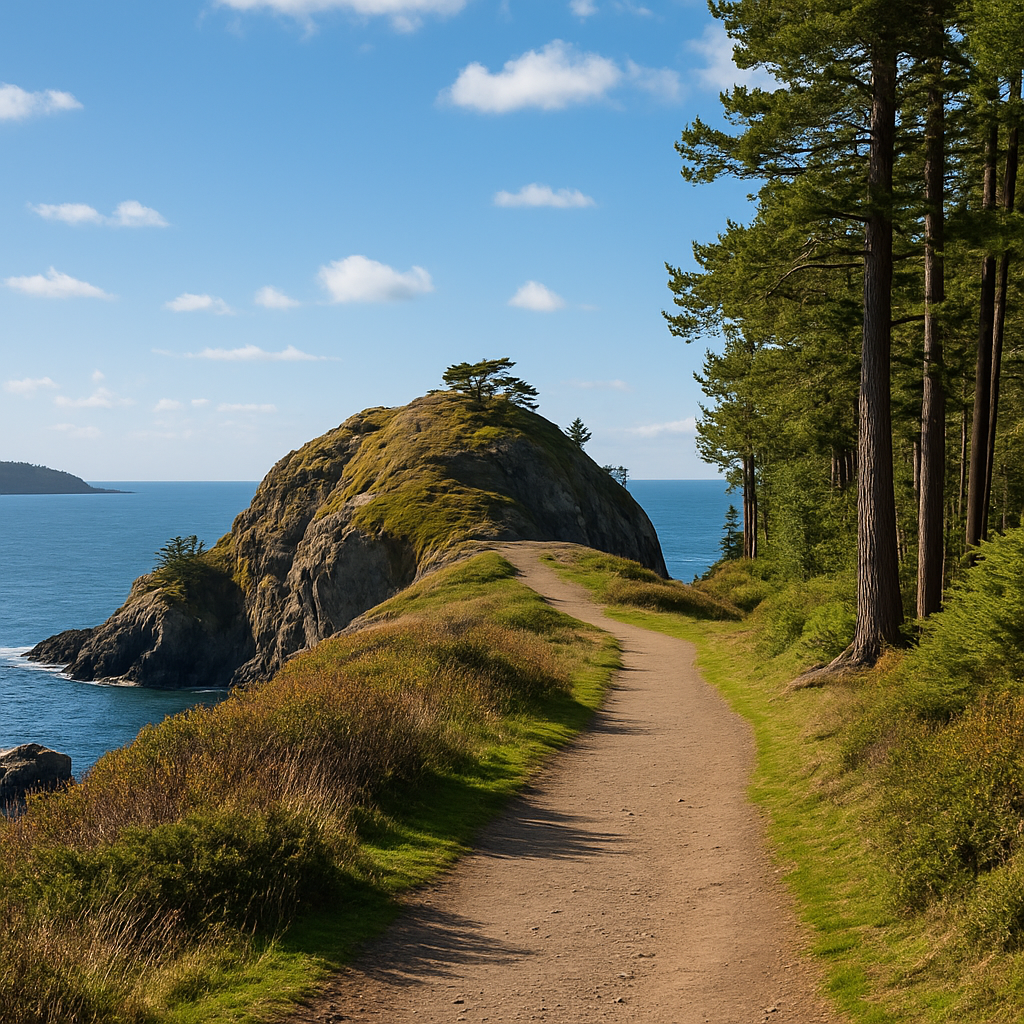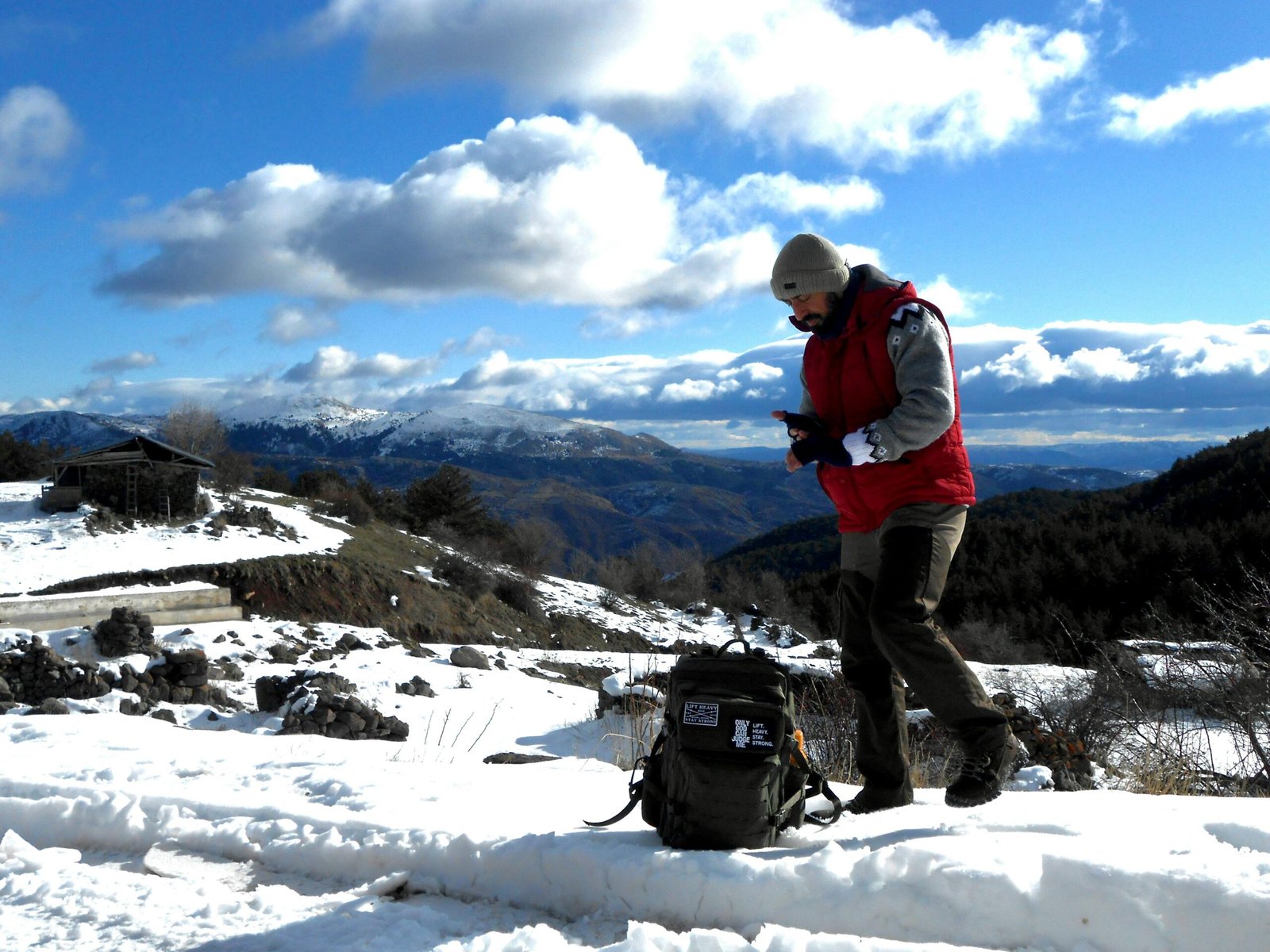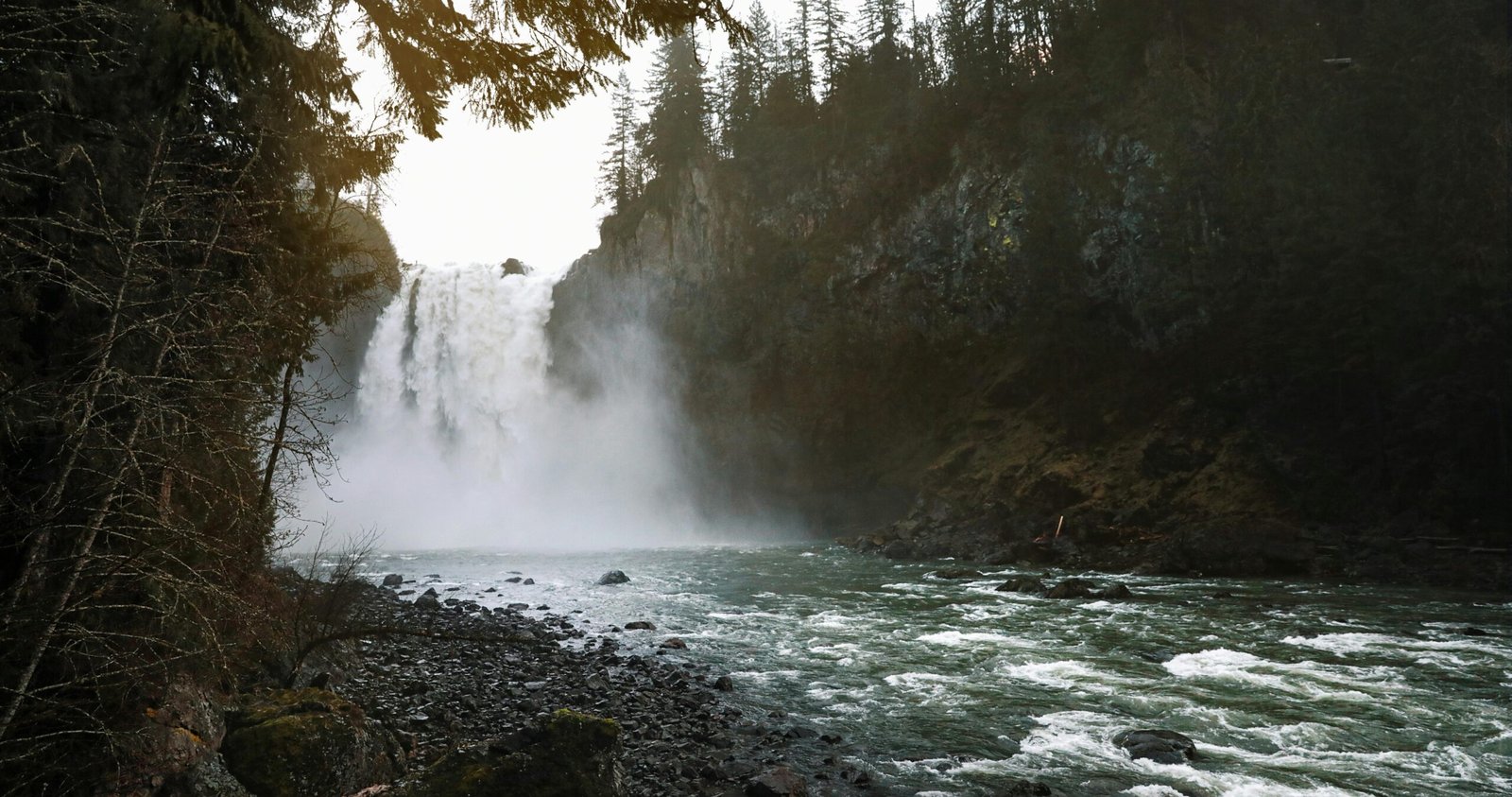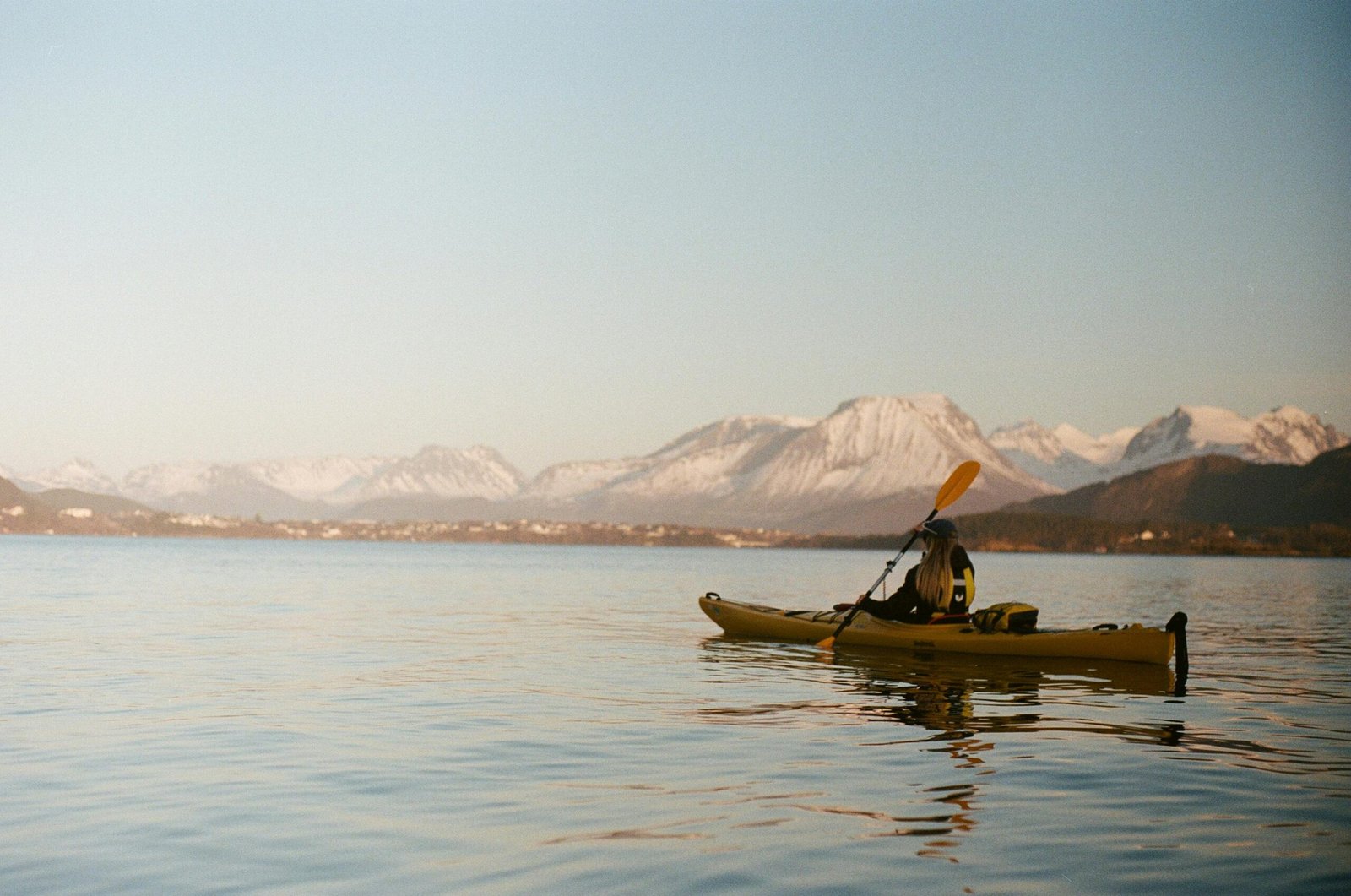Winter on the Oregon Coast isn’t about sunbathing or swimming. It’s about watching the Pacific roar. From towering waves at Cape Disappointment to the thunder of Yaquina Head, storm watching has become one of the Northwest’s most awe-inspiring winter rituals.
Locals know that late November through March is prime time. Strong Pacific storms roll in fast, shaking the cliffs and sending 40-foot waves crashing into the basalt. It’s the kind of wild beauty that humbles you and keeps photographers, families, and adventurers coming back year after year.
When and Where to Go
Best Time
- November through March
- Peak activity after strong low-pressure systems (check NOAA’s coastal forecast).
Top Viewing Spots
| Location | Why It’s Great | Safety Tip |
|---|---|---|
| Cape Disappointment (WA) | Massive breakers, lighthouse views, accessible lookout trails | Stay behind safety fences—rogue waves can strike fast |
| Depoe Bay (OR) | “Whale Watching Capital” doubles as storm-watching gold | Best viewed from the seawall or Whale Watching Center |
| Yaquina Head (Newport) | High cliffs with panoramic views and wildlife sightings | Watch for black ice on the path to the viewpoint |
| Shore Acres State Park (Coos Bay) | Famous for 50-foot waves against sandstone cliffs | Arrive early—parking fills quickly |
| Ecola State Park (Cannon Beach) | Dramatic views of Haystack Rock and Tillamook Head | Trails can be muddy—bring waterproof boots |
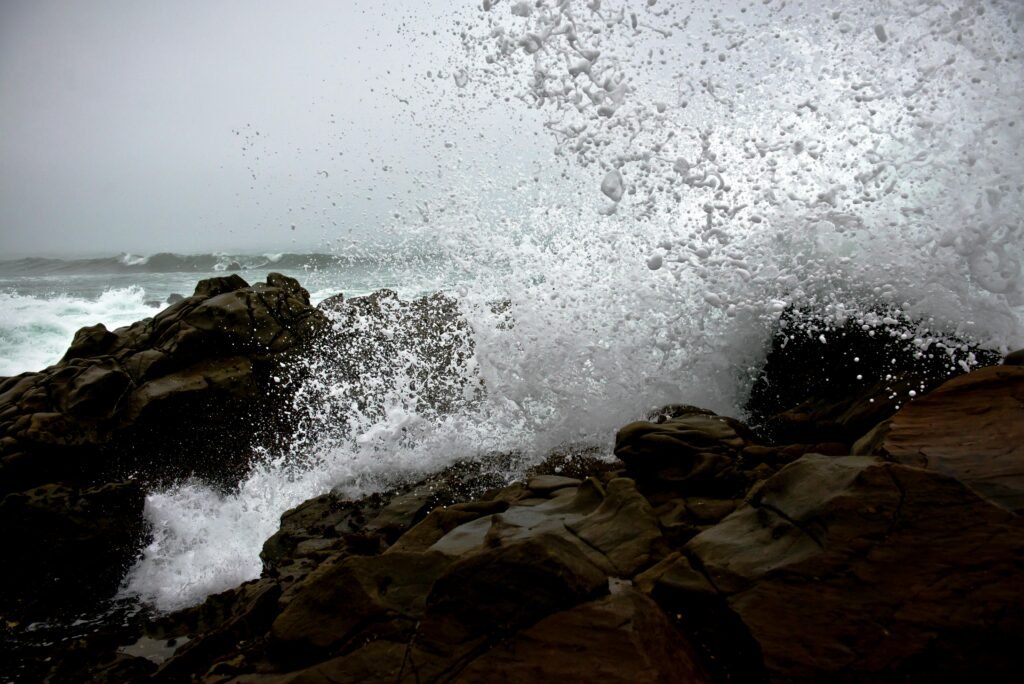
What to Bring
- Waterproof jacket and pants
- Insulated boots with traction
- Binoculars or a weather-sealed camera
- Thermos with something hot
- Patience—storms come in waves (literally)
Safety First: Know the Ocean
The Pacific looks majestic but can turn dangerous in seconds.
- Never turn your back to the sea. Sneaker waves can pull people off rocks and beaches.
- Stay above the tide line. Watch for logs or debris moving with the surf.
- Use official viewpoints. Avoid cliff edges or unmarked trails during heavy wind.
- Check conditions. Use the Oregon Parks wave safety page before heading out.
“The power of these winter storms is unbelievable,” says Oregon Parks ranger Jordan Moore. “The key is to keep your distance and respect the surf. That’s when you see the coast at its best—and safest.”
Local Insight: Make It a Weekend
Storm watching pairs perfectly with small-town getaways. Stay at an ocean-view lodge or cabin, then hit a nearby café once the sky clears.
- Cannon Beach: Cozy inns, art galleries, and storm-themed photo workshops.
- Newport: Yaquina Bay oysters and a vibrant harbor district.
- Yachats: Quiet coves and tidepool exploration between squalls.
- Coos Bay: Shore Acres light display in December—double win for holiday visitors.
Why It Matters
Storm watching isn’t just entertainment—it’s a reminder of the Pacific Northwest’s raw natural power. The same storms that shape our coastlines also replenish marine ecosystems and bring nutrients inland. For locals, it’s an annual tradition that grounds us in the rhythm of the ocean.
What to Know Next
- Start with Cape Disappointment or Shore Acres both have safe, established viewpoints.
- Check weather and tide charts before you go.
- Book lodging early; winter weekends fill fast.
- Respect closures and stay off wet rocks.
Storm watching on the Oregon Coast is one of those rare adventures that’s as humbling as it is unforgettable. Dress for the weather, stay safe, and you’ll experience the Northwest at its most powerful.
Related Reading
- Oregon State Parks: Wave Safety Tips
- NOAA Pacific Marine Forecast
- OutdoorsNW: Winter Hiking Gear Guide
Sources: NOAA National Weather Service; Oregon Parks & Recreation Department.
© 2025 OutdoorsNW. All rights reserved.

